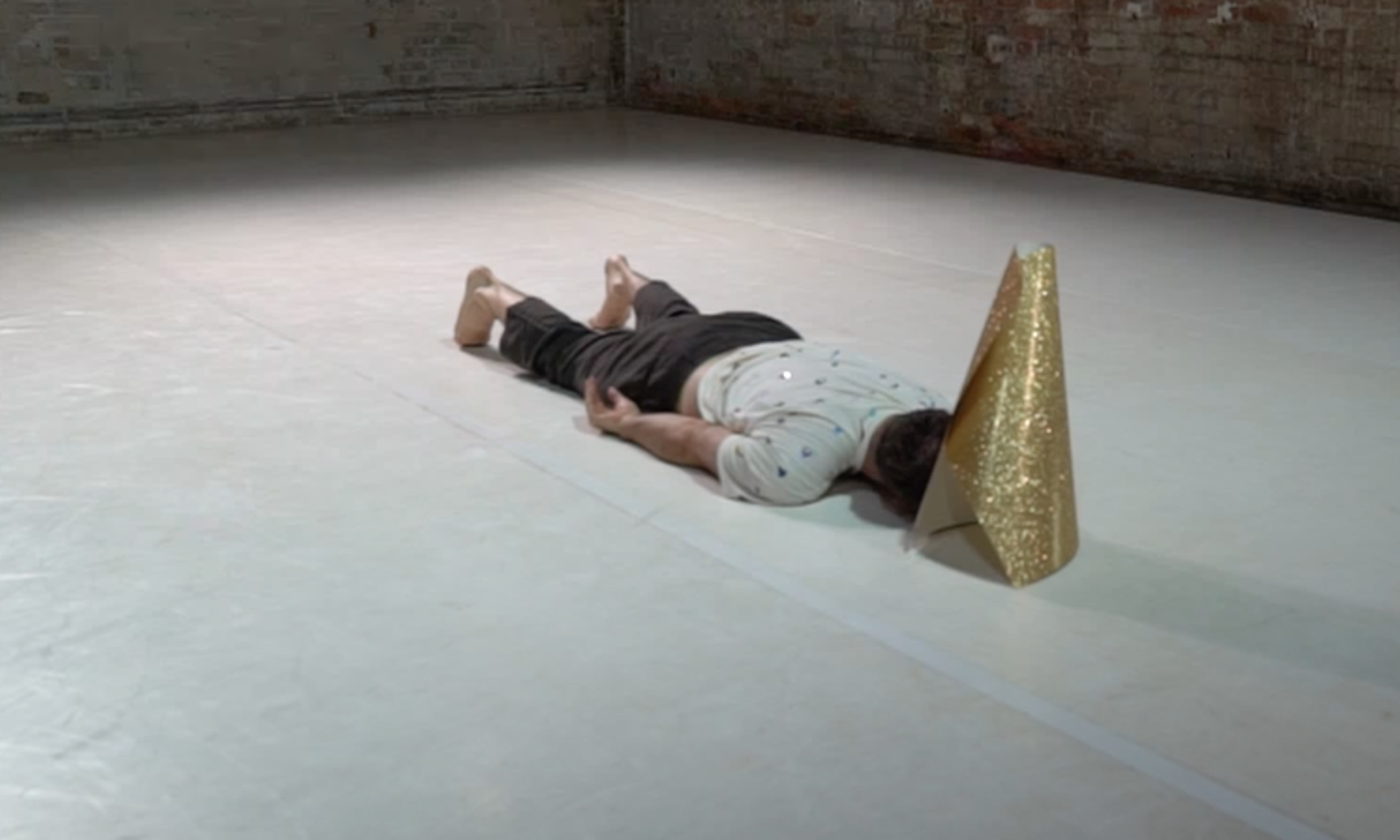Maybe I have written about this before, maybe not. I do know that I have thought about this a lot. A parking lot full of thoughts, a parking lot at an amusement park full of thoughts. A parking lot at an amusement park next to an outlet mall full of thoughts. Though the amount of thinking doesn’t me that the transmission of these thoughts will be very clear.
Name of dance companies/collectives…More and more groups/people are using the forward slash,”/” after their name with a word or phrase to name their group. Just came across one today – Jesse Hewit/Strong Behavior. From what I have seen/heard about him Strong Behavior is an apt title.
There is also Jess Curtis/Gravity and Nir De Volff/Total Brutal. Smith/Wymore Disappearing Acts also use the forward slash but in between the names of the two artists, not between the names of the artists and their company name. Meg Stuart/Damaged Goods is another example. As in her case and De Volff’s the website is only the company name whereas in the case of Curtis the website is his name followed by the company name and with Hewit the website is his name without the name of the company.
Ultima Vez/ Wim Vandekeybus might be another example. On the ImpulsTanz website, the names are written with the forward slash but on the website no such relationship could be found. This leads me to believe that the use of the forward slash on the ImpulsTanz website was a result of a decision of the Austrian dance festival and not of the Belgian choreographer.
Why use the forward slash? Is the name of the company not enough? Or is the individual better known than the company? Or is this a return to the modern, i.e. glorification of the individual? First there were “royal” dance companies, then something like the Ballet Russe, not named after an individual but no longer tied to a monarch. Then came something like the Denishawn, named after the two artistic directors, Ruth St. Denis and Ted Shawn (great uncle of Wallace Shawn…just kidding). Merce Cunningham Dance Company, Mark Morris Dance Company, Trisha Brown Dance Company, Alvin Ailey American Dance Theater, etc..
Then came the format that added the dancers in the title – Sasha Waltz & Guests, Scott Wells and Dancers. This format somewhat puts the dancers and the choreographer on an even level, but still the dancers remain anonymous.
Then there came the random word/phrase format entering the post-modern, removing the hierarchy completely as choreographer/creator and performers are not indicated – Pilobolus, Goat Island, Lower Left.
Granted there is not a definite time line when one name format is used and another is no longer used. All formats exist now and companies are continually named in a varieties of formats. One company based in Seattle went from the post-modern format to the modern one – Phffft became Khambatta Dance Company. Why the change, I cannot say. Maybe the choreographer decided to go more “mainstream” with the name. Look at the names of the best funded companies in the United States.
So as asked above, is the use of the slash combining the choreographer’s name and the company title a return to the modern?
How about something like – The Andrew Wass Dance Company and Dancers Project Dance Theatre/Non Fiction?
P.S.
Why is the word “dance” in so many dance company names? How many bands have the word rock or music or band or hip hop or rap in their names?

